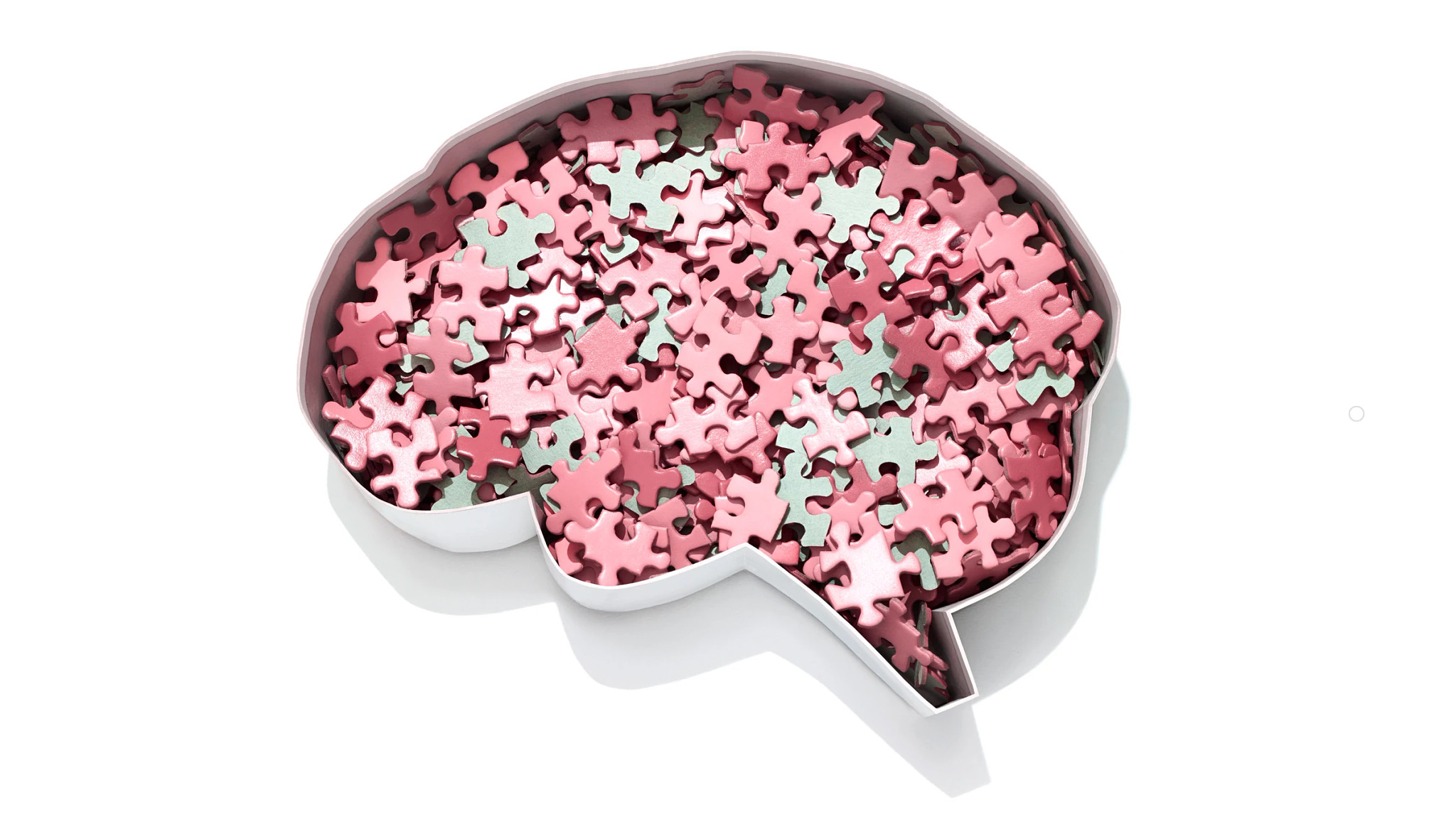AARP Hearing Center

.jpg?crop=true&anchor=24,15&q=80&color=ffffffff&u=2xkwh0&w=1998&h=1148)
Christina Ianzito,

.jpg?crop=true&anchor=24,15&q=80&color=ffffffff&u=2xkwh0&w=1998&h=1148)
ARTICLE CONTINUES AFTER ADVERTISEMENT
You have unanswered questions. Please go back and complete those questions to finish the quiz.
ARTICLE CONTINUES AFTER ADVERTISEMENT
More From AARP
Brain Health Resource Center
Find explainers on diseases of the brain plus healthy habits to support memory and mental skills
ADHD in Older Adults: Diagnosis and Treatment
If memory and focus problems are plaguing you at midlife, it could be undiagnosed ADHD. Here’s how to tell
AARP Smart Guide to Keeping Your Memory Sharp
22 science-backed ways to growing a healthier, happier brain, now and in the future